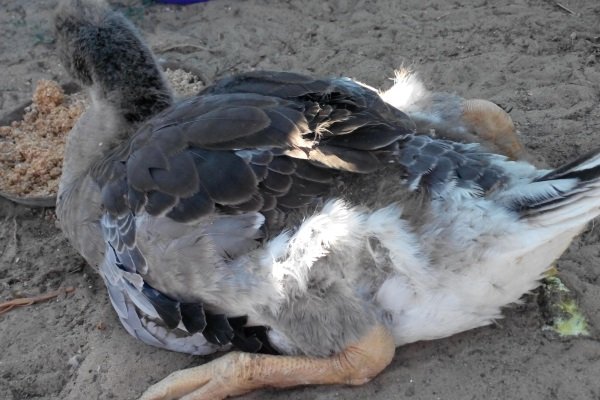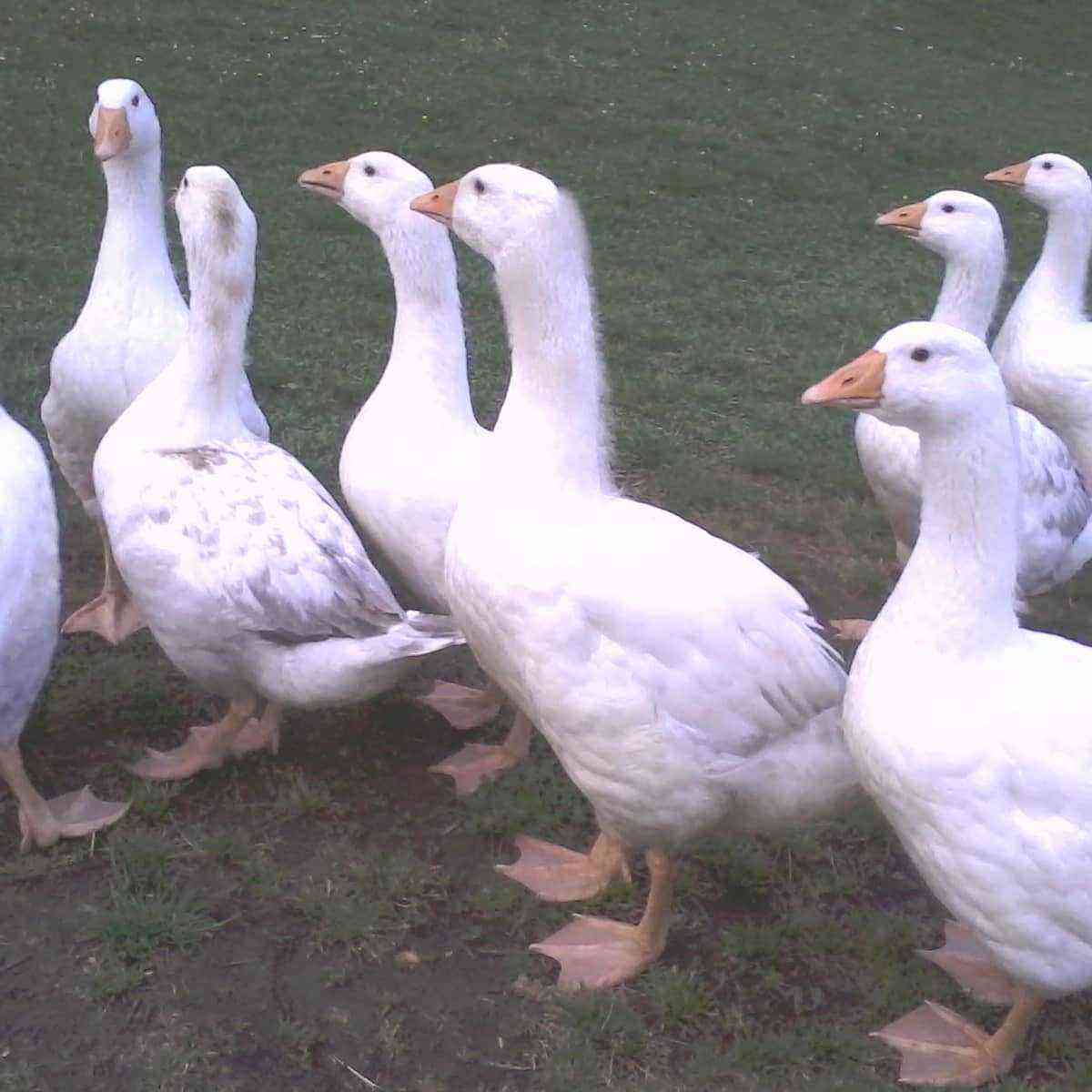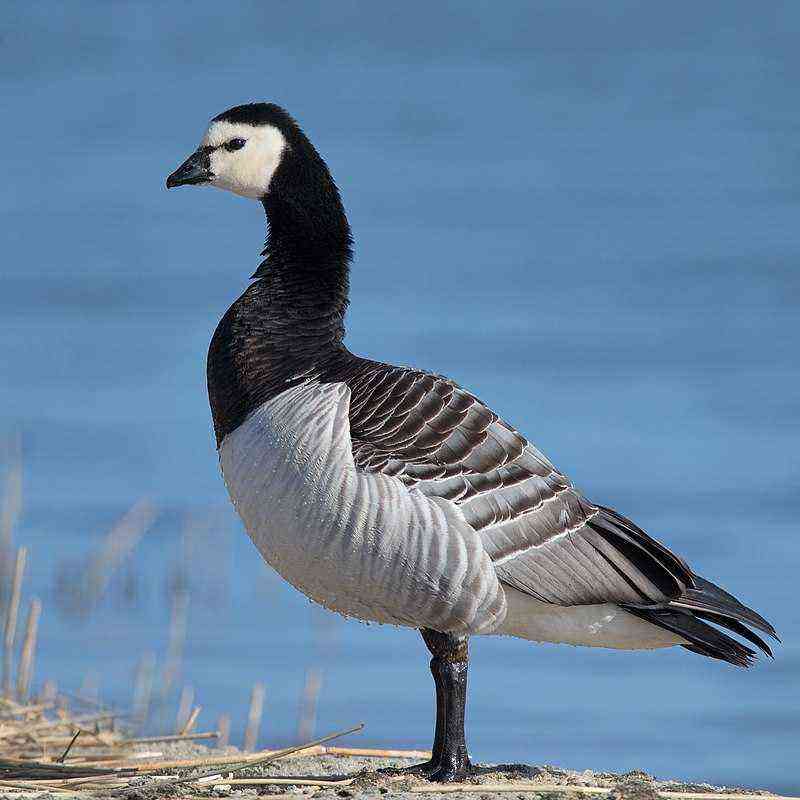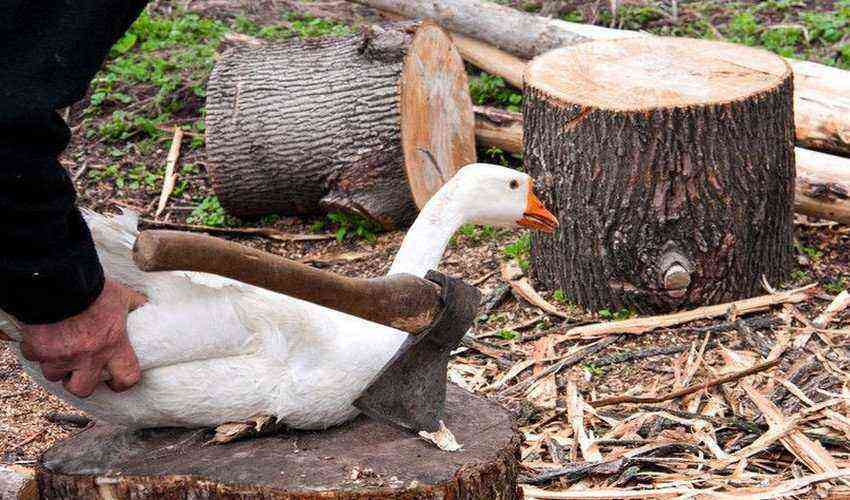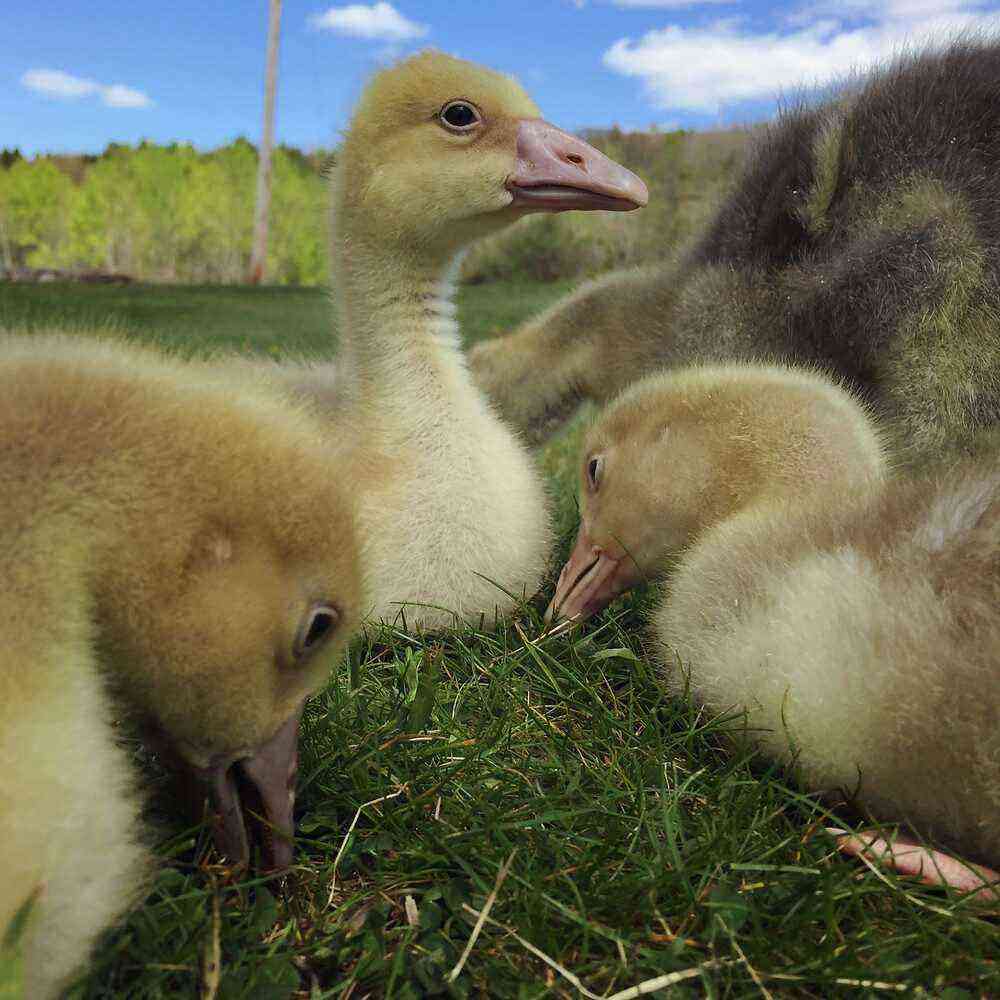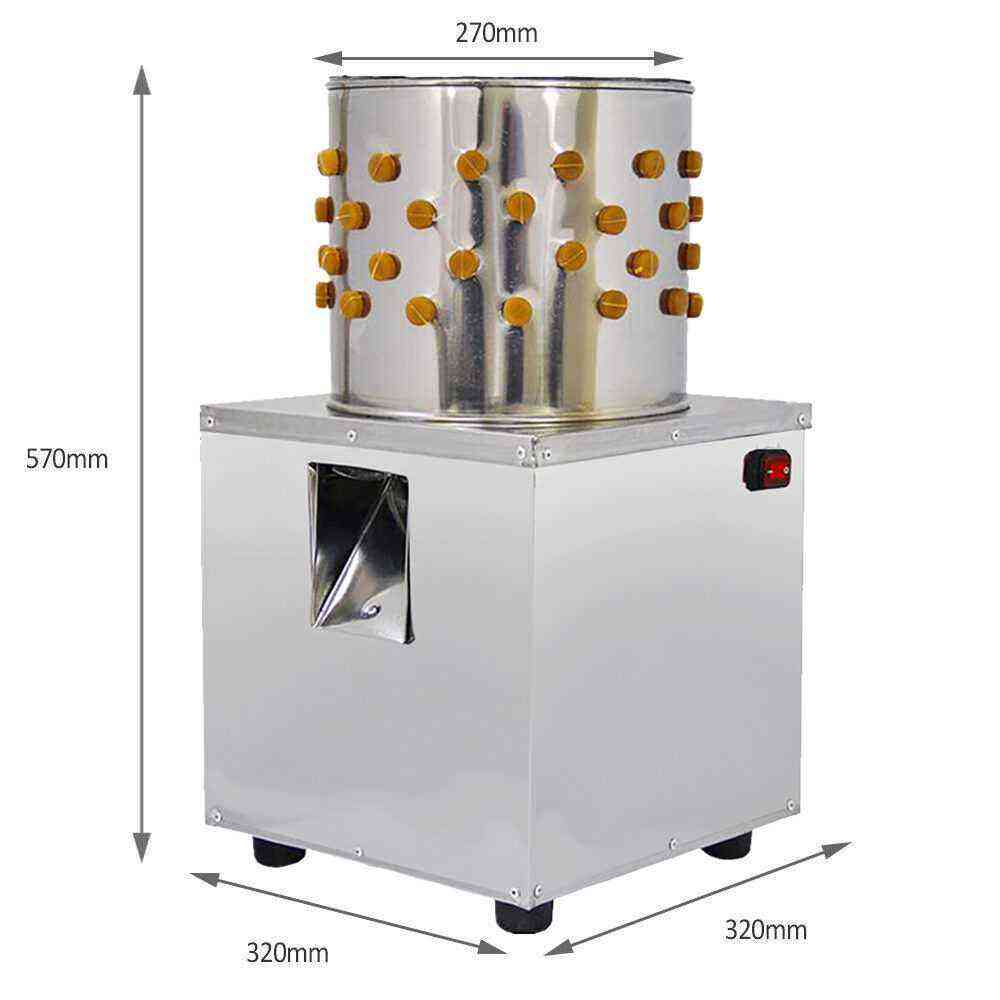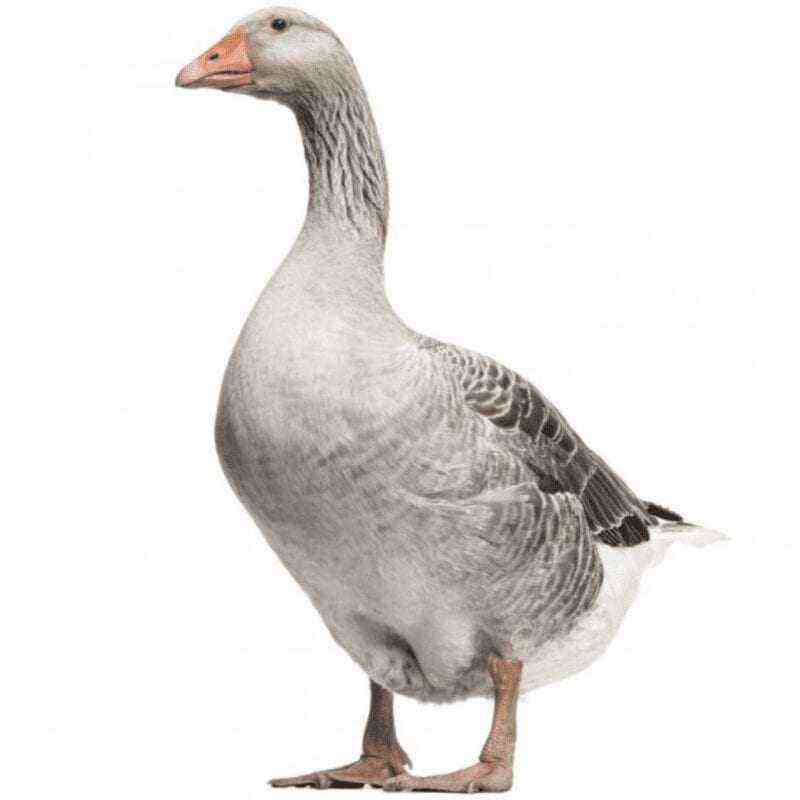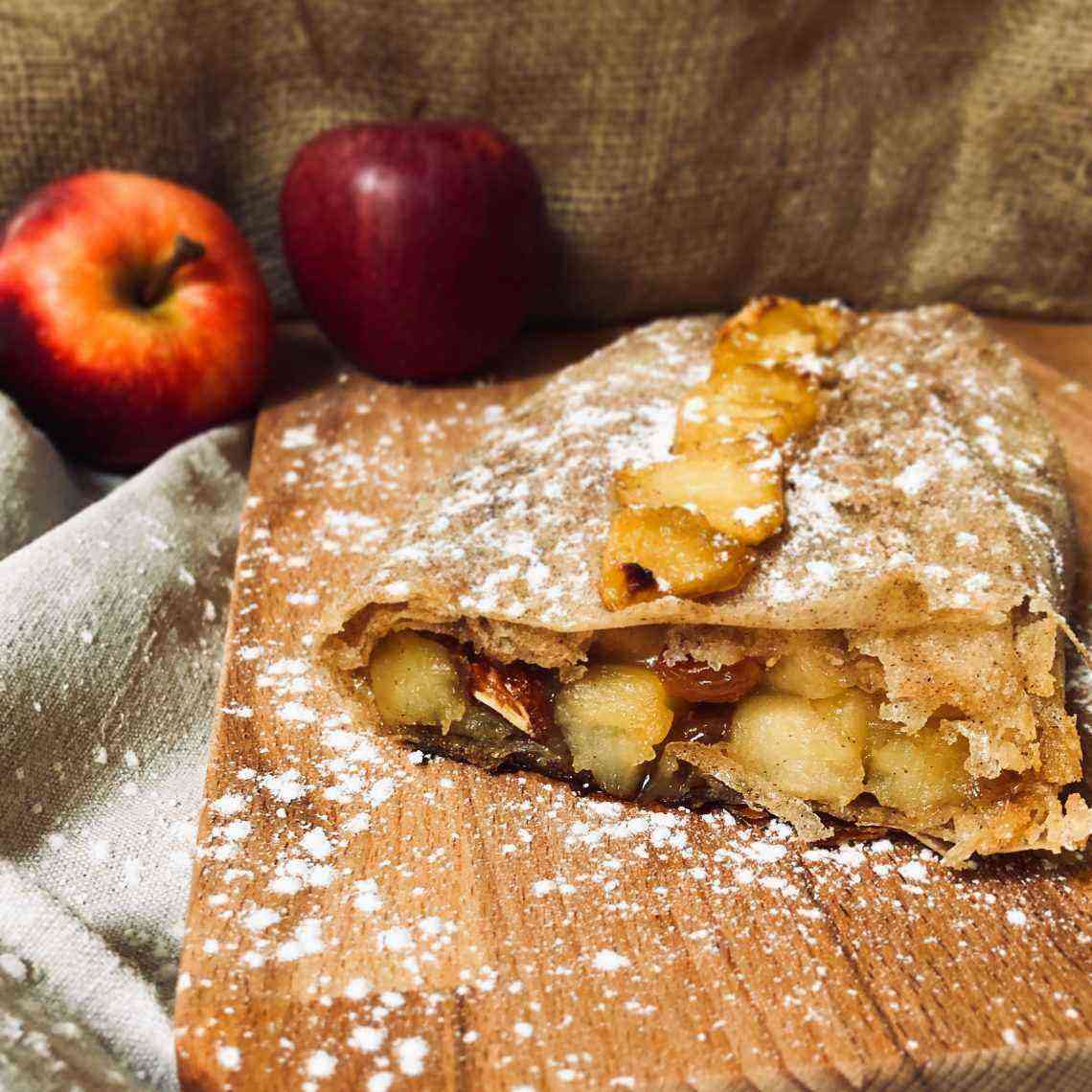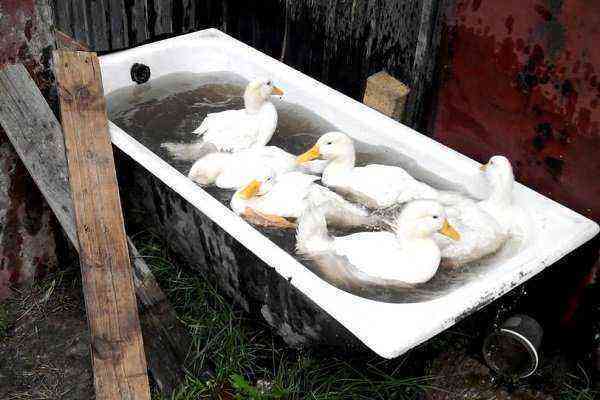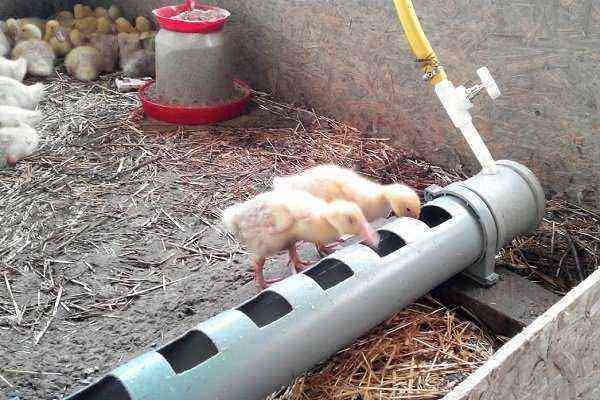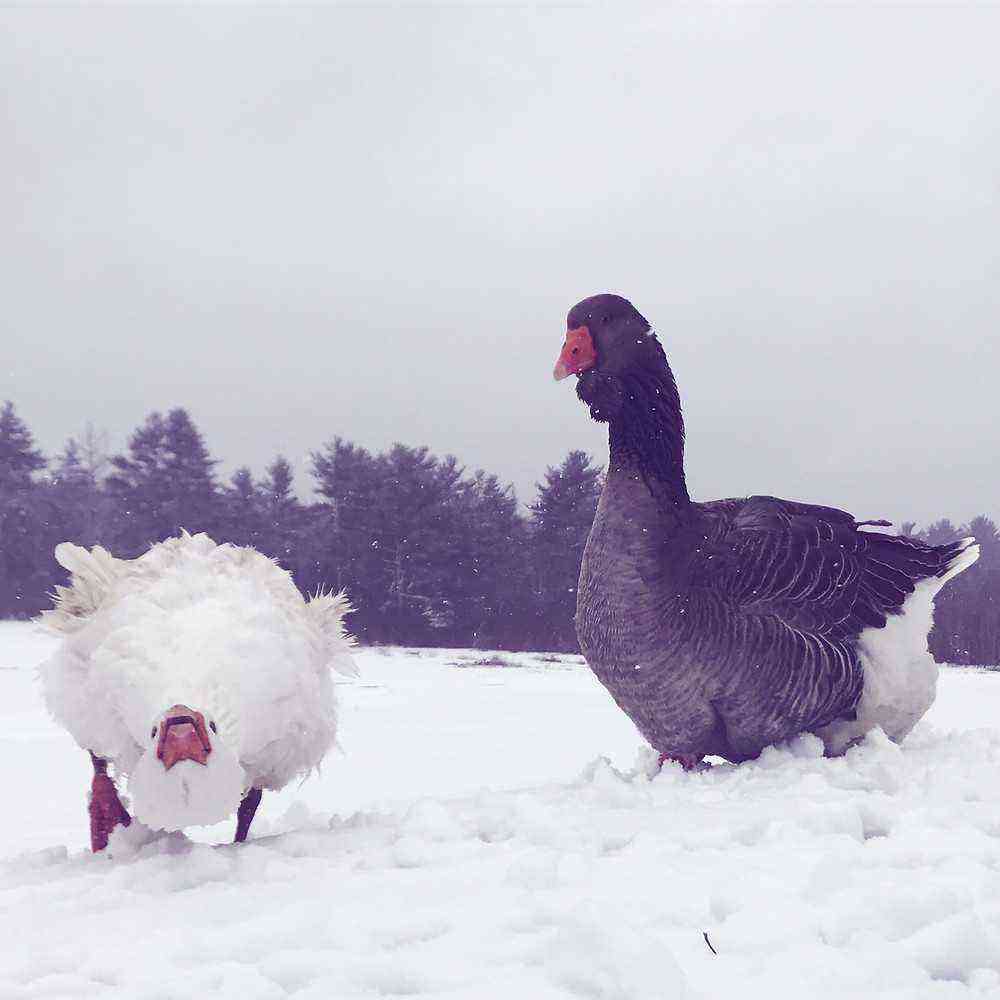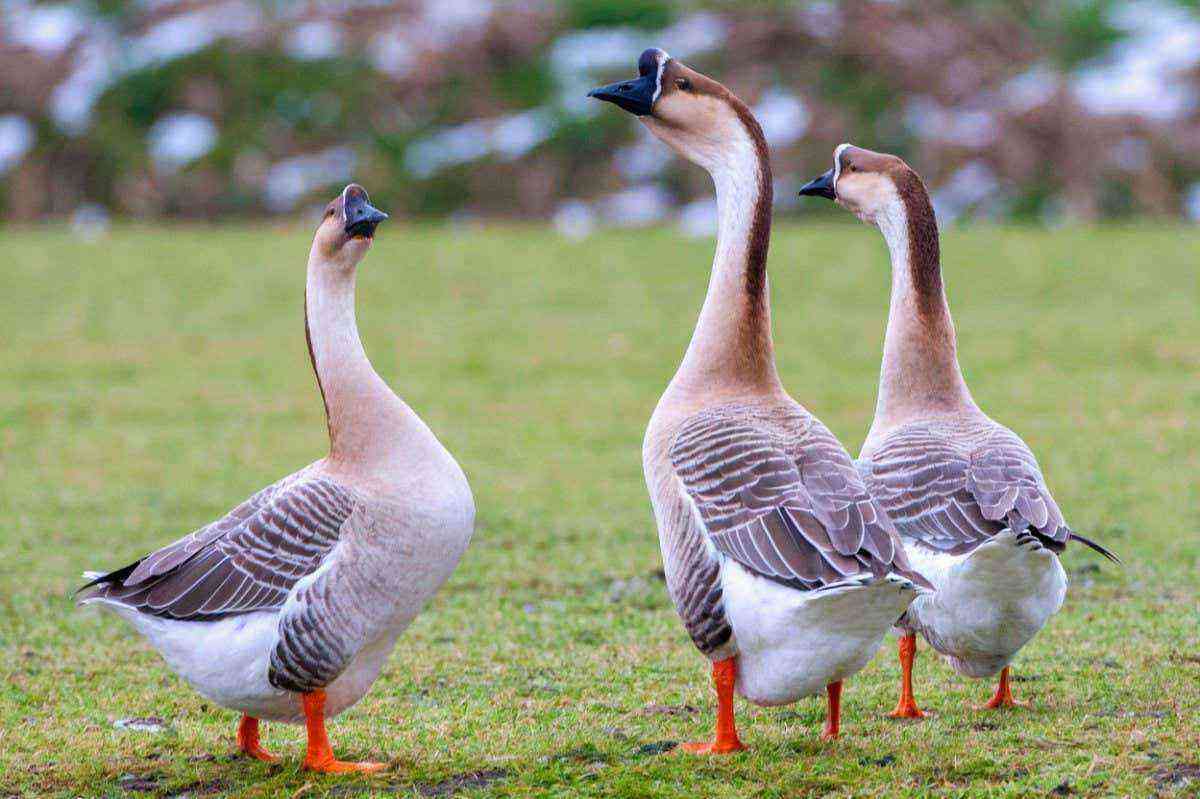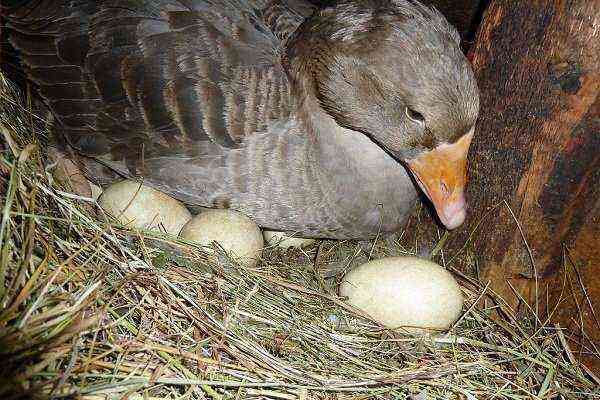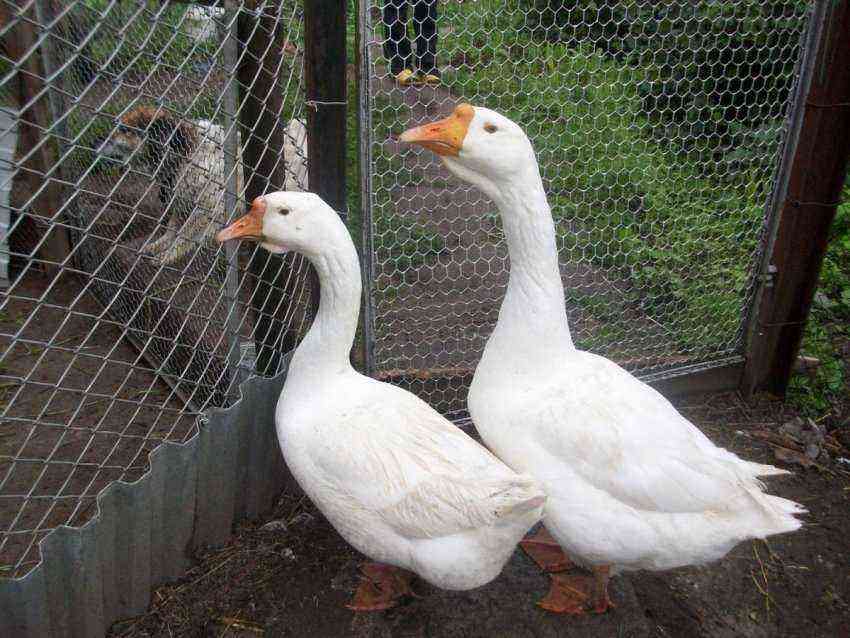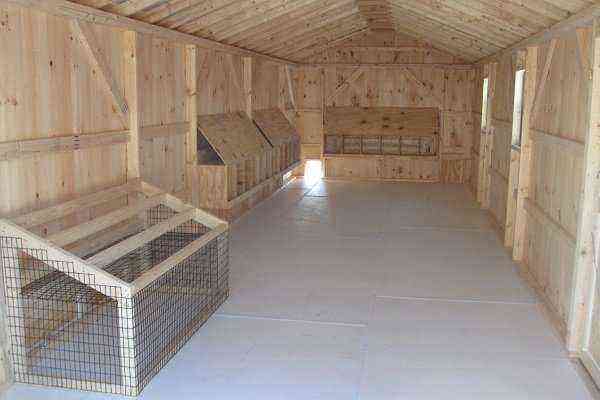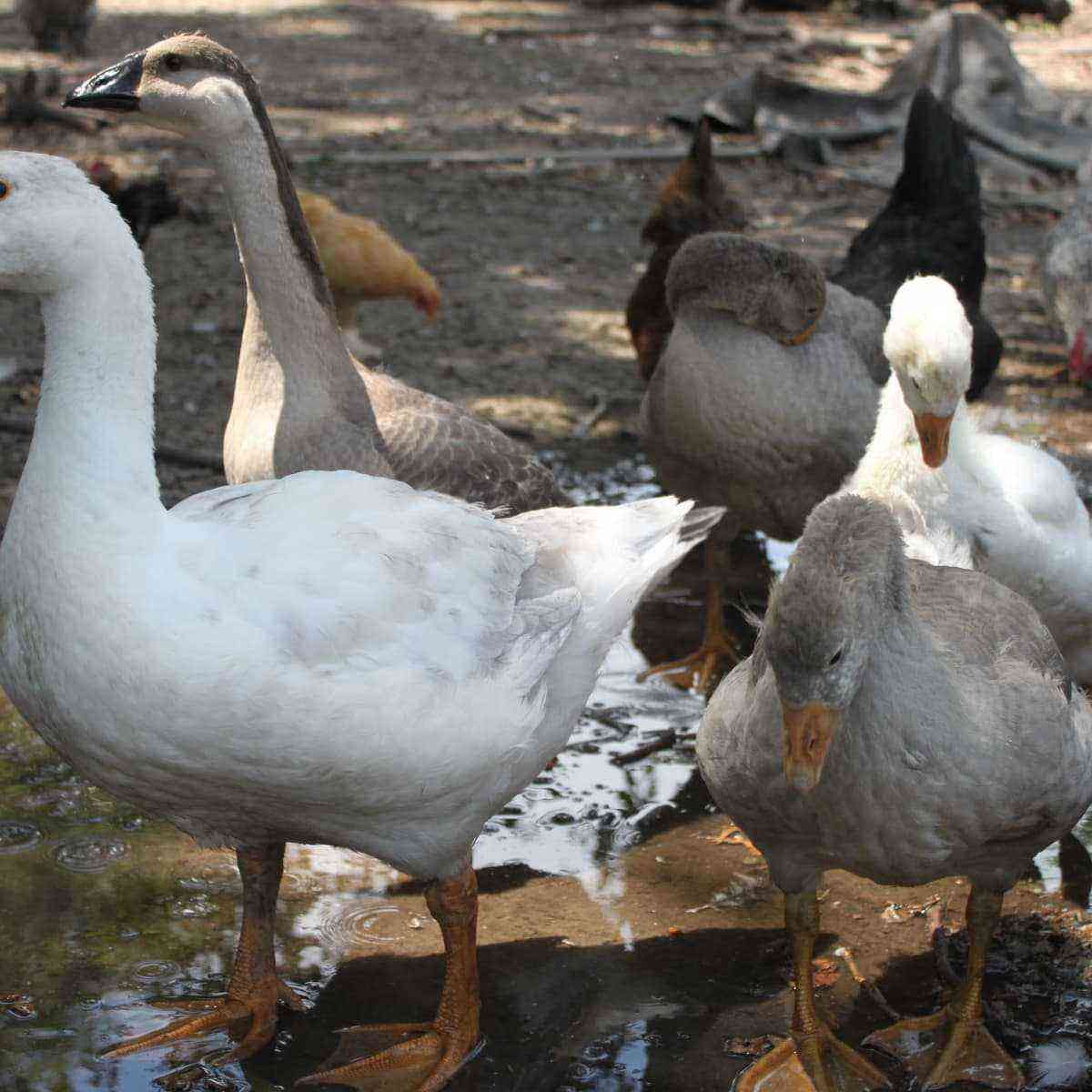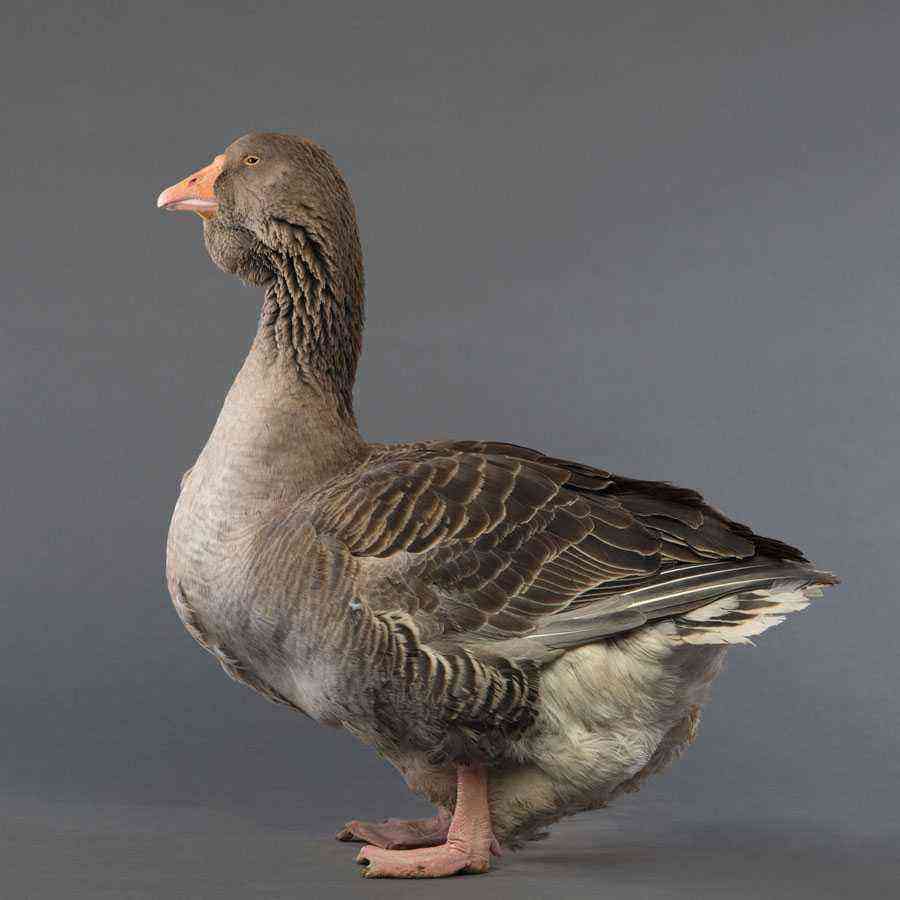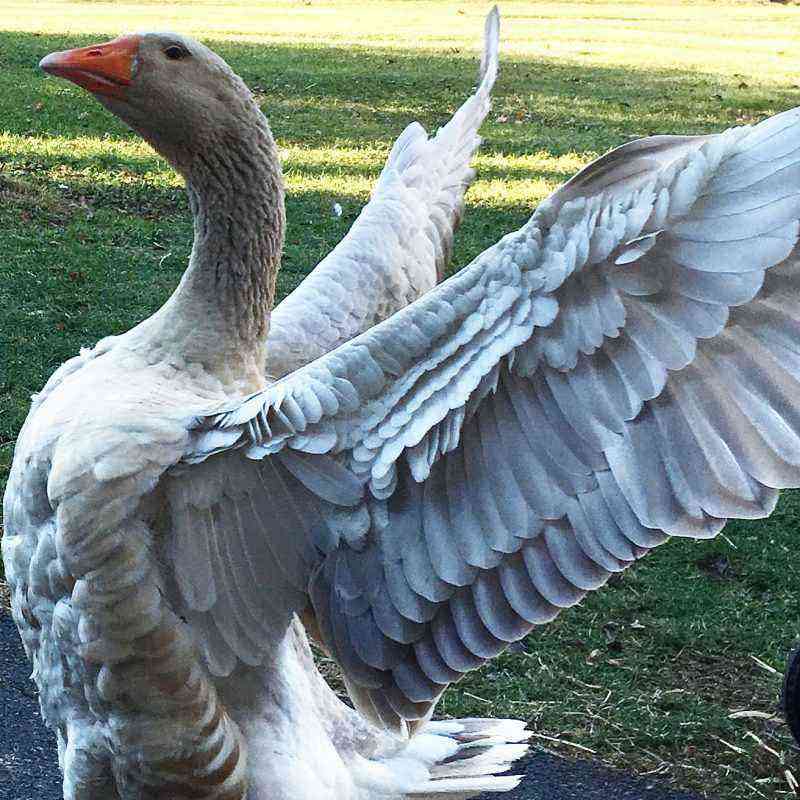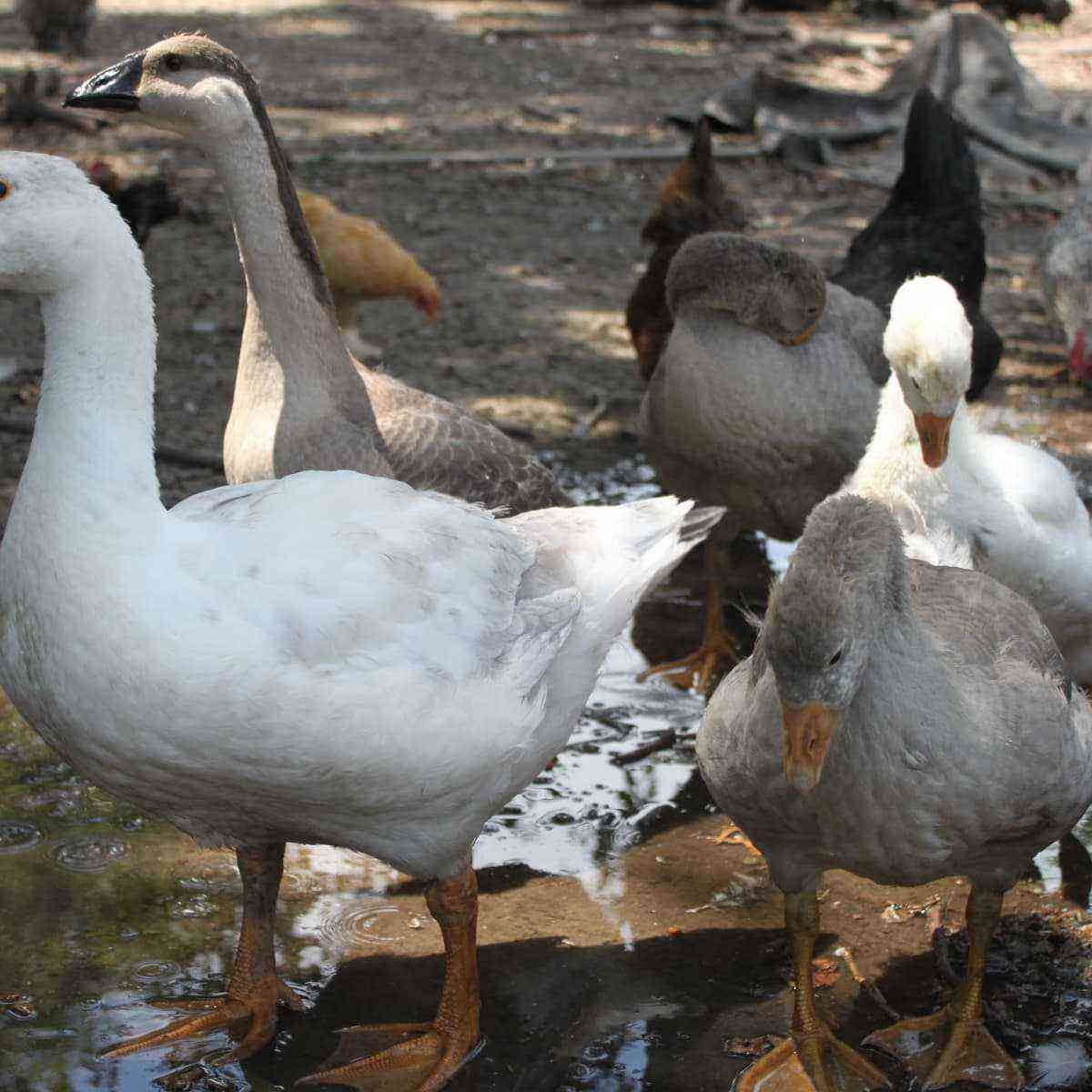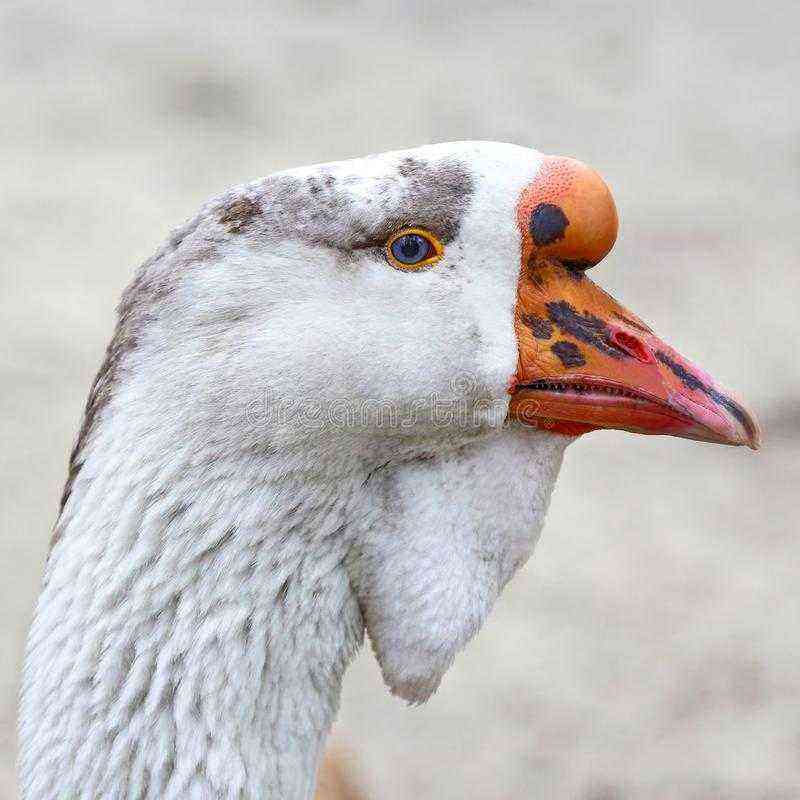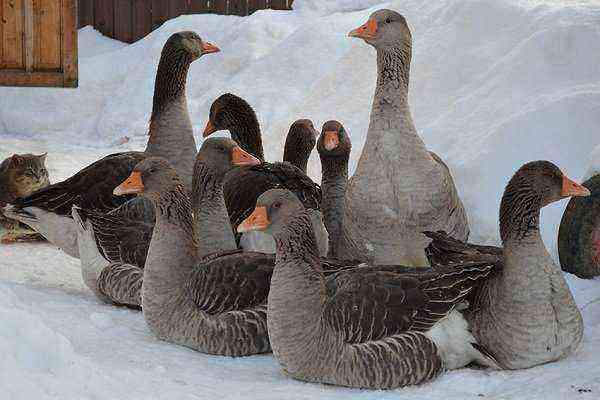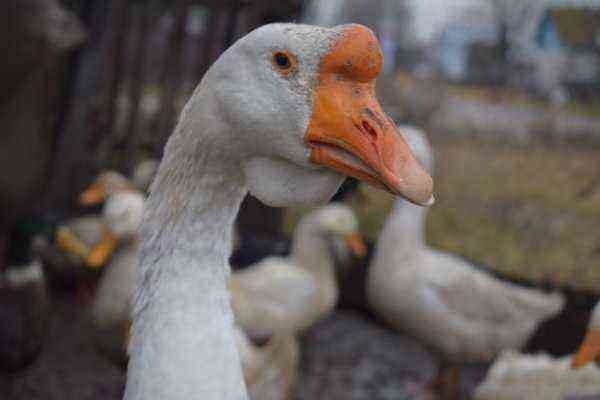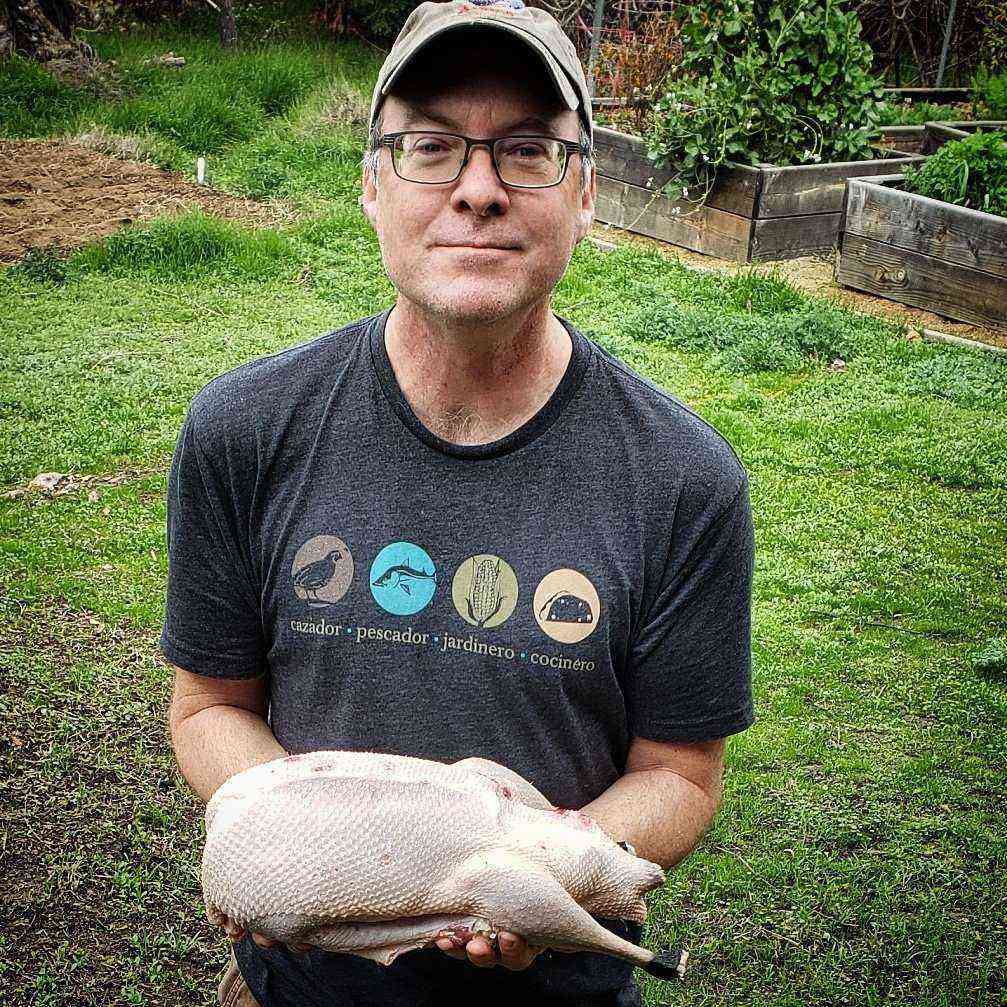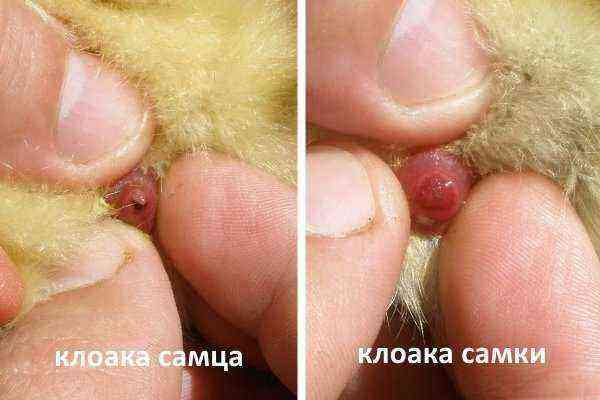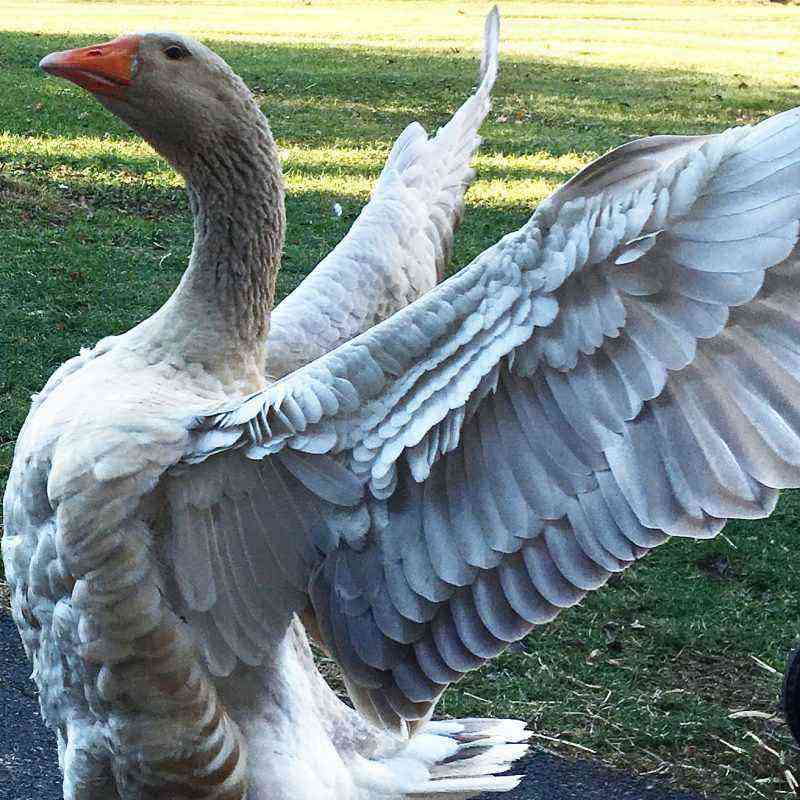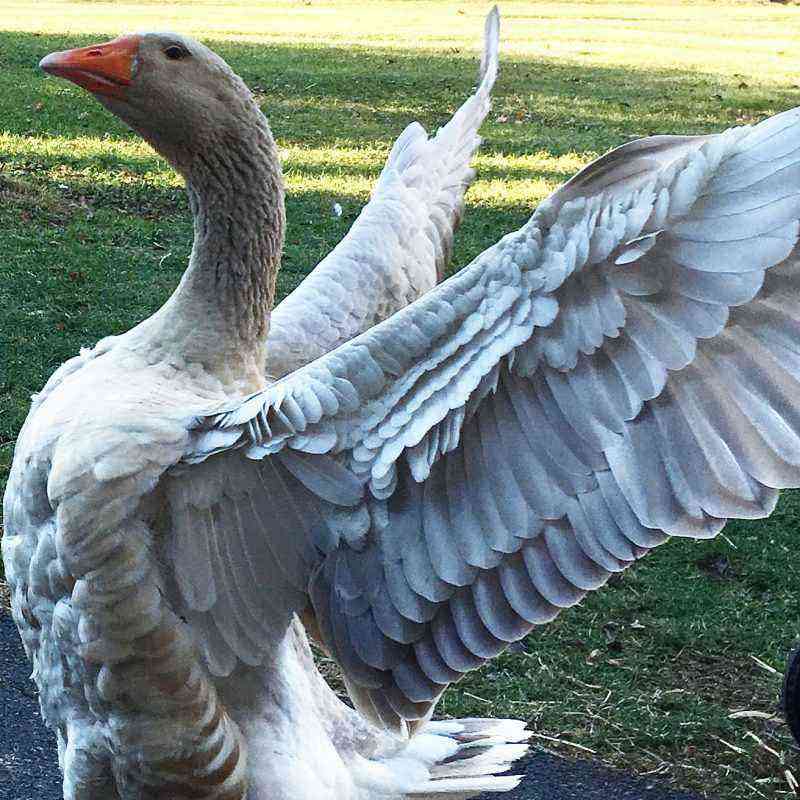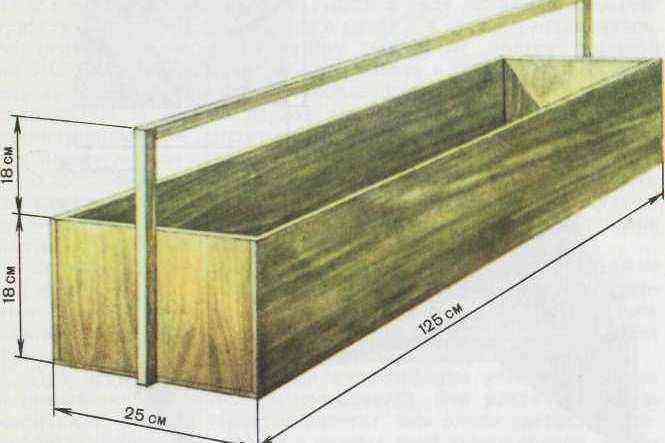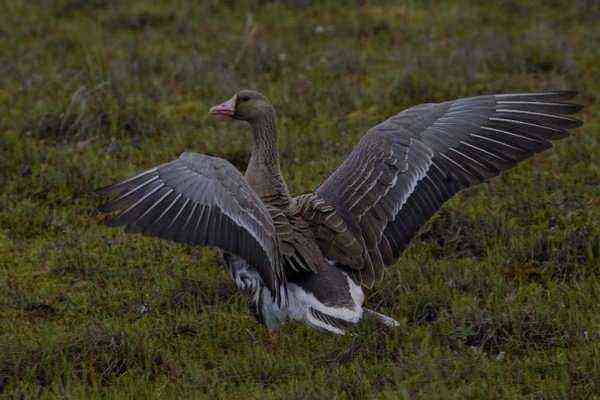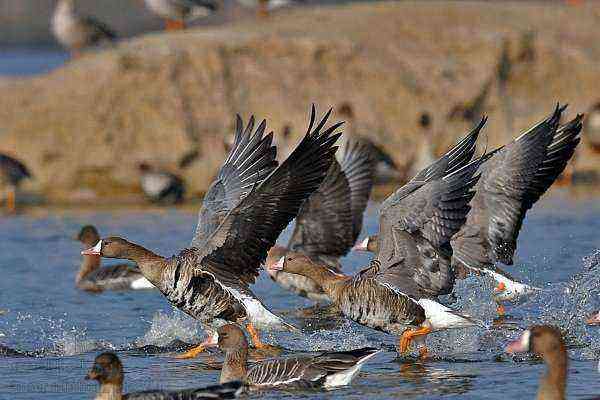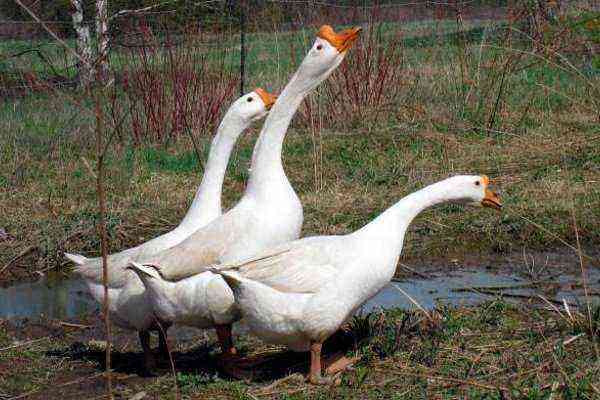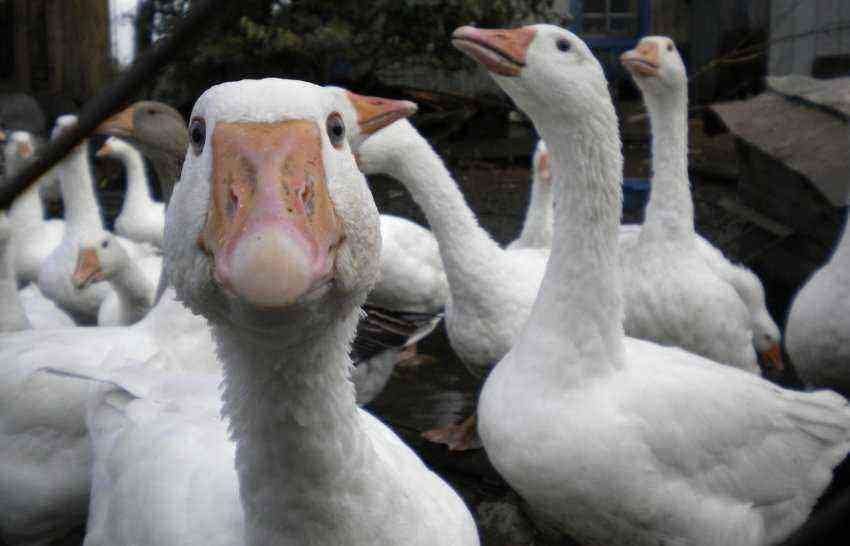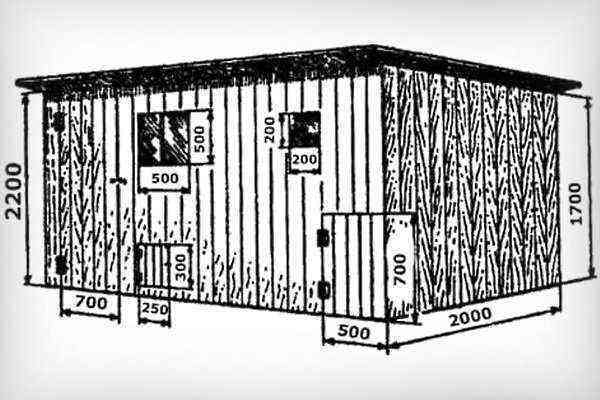The goose is an unpretentious, hardy bird. But not a single animal, including the goose, is immune from various diseases. These birds can also become infected with diseases that are dangerous not only for the geese themselves, but also for humans.
What diseases can be dangerous for both a goose and a person?
The well-being and life of birds depends on the formation of the body’s immune defense, which weakens due to hypothermia and overheating, dryness or dampness, drafts and many other various factors. The poultry farmer should be aware that geese can suffer from non-communicable and contagious diseases.
Infectious diseases include worms, viral enteritis, infectious cloacitis, colibacillosis, coccidiosis. Geese can get sick with salmonellosis, aspergillosis and pasteurellosis. In order to distinguish diseases from each other, each disease must be considered separately. This will help you take immediate action in the future.
Viral enteritis
The disease affects small chicks 1-3 weeks of age. Geese that get sick with this disease will be carriers of the virus for life. The disease develops and spreads due to non-compliance with hygiene conditions. Geese kept at home suffer from enteritis in early spring. The disease is transmitted mainly from an infected mother.
Accompanied by nasal discharge, conjunctivitis. Goslings may develop bloody diarrhea. Goslings that manage to survive the disease may experience sagging belly and slow development. Due to the fact that the chicks begin to cling to each other, they develop dermatitis, feathers begin to fall out on their backs.
It is necessary to recognize the cause of the goose disease as soon as possible and begin treatment. A specific serum is used, which is injected under the skin – this helps to suppress the secondary microflora. The use of antibiotics and nitrofurans is recommended, for example, Baytril, Furazolidone. For preventive measures, it is recommended to immunize chicks in the first days of life. Revaccinate the bird at 3-4 weeks.
salmonellosis
Often goslings are exposed to this disease in the first month after birth. This period is especially dangerous for the chicks of others. When sick, white diarrhea caused by salmonella can occur. When spreading, it is difficult to cope with the disease – it can destroy the entire livestock. When does salmonellosis occur?
- overheating of birds;
- beriberi with an unbalanced diet;
- tight space.
Pathogens can be introduced by rodents, people suffering from salmonellosis. Adult geese can be called lifelong carriers of bacteria. The microbe is especially resistant and able to remain viable even in frozen goose carcasses for years.
There are several forms of the disease, ranging from instantaneous to chronic. With salmonellosis, geese become drowsy, thirsty. The disease is accompanied by paralysis, oppression, swelling of the joints, conjunctivitis. Geese suffer from cloacitis, yolk peritonitis.
You can get rid of the disease by taking antibiotics, nitrofurans or sulfonamides. The use of Tromexin is recommended.
colibacillosis
The causative agent of the disease is a bacterium that constantly lives in the intestines. The disease occurs due to the weakening of the body, since hygienic conditions are not observed. Two-three-month-old birds face colibacillosis. They are constantly thirsty, their movements are slow and difficult, they are depressed and sleepy. Therefore, it is recommended to treat the disease with an antibiotic solution instead of water.
To prevent colibacillosis, farmers will thoroughly disinfect the premises. Goslings aged 3 to 6 days are given a vaccine so that they do not die.
Pasteurellosis
Often, young geese are exposed to the disease – this happens in early spring. It is manifested by sepsis and has a high percentage of mortality. The disease is transmitted through food, drink, and also in case of contact with wild birds, for example, if sparrows flew in, pecked at the food and brought pasteurella.
During the period of the disease, the geese become depressed, they develop green diarrhea with blood, the birds begin to limp, and their wings also droop. With a lightning-fast form of the disease, birds die immediately for no apparent reason. The recommended drug for the treatment of Paterellosis is Tromexin, which has antimicrobial effects of an antibiotic and sulfonamides.
For prevention, chicks are immunized. It is important to carefully monitor the hygiene and nutrition of birds.
Coccidiosis
Disease caused by protozoan parasites. The most susceptible to the disease are chicks up to 3 months. Goslings develop diarrhea, they die in 80% of cases. The cause of the disease is non-compliance with proper conditions of detention. With Coccidiosis, geese become inactive and lethargic, they show anemia. The litter becomes sticky, the goslings freeze, mucous diarrhea occurs, often with bloody secretions.
Initially, it is necessary to eliminate violations in feeding, put in order the room where the geese live, and make sure that the birds are kept clean. It is recommended to use coccidiostats, antibacterial agents, antibiotics. The parasite develops due to synergistic microflora. If the accompanying bacteria are eliminated, the chick’s body can be helped to cope with the disease.
Aspergillosis
The development of the disease causes a pathogenic fungus, from which goslings suffer mainly when conditions are violated. Microbes actively multiply in the litter, which has not changed for a long time – this leads to infection of the bird. In this case, the respiratory organs of geese are mainly affected. Suspicious chickens are isolated and sent for slaughter, and those that are healthier are recommended to be treated with antimycotics or aerosolized with iodine monochloride.
The room must be sealed by pouring the drug into a glass or ceramic container and left for half an hour. This promotes the release of violet gas. Microbes are not resistant to iodine – they die immediately. The disadvantage of this procedure is the high corrosivity of the halogen.
Infectious cloacitis (neisseriasis)
A disease caused by diplococci, as well as aggravated by the addition of secondary microflora. Diseases are exposed to adult geese during the mating season. Signs of the manifestation of the disease:
- the bird loses a lot of weight;
- hyperemia of the cloacal mucosa;
- ganders face curvature and prolapse of the penis;
- erosion, fibrinous scabs appear;
- eggs are not fertilized.
It is recommended to treat geese with a single piercing of Bicillin-5 intramuscularly. Then, for five days, Levomycetin or Tetracycline is given with two meals a day. If necessary, after a seven-day break, antibiotic therapy is repeated, only with a different drug.
For prevention, during the period of recruitment of the reproductive herd, birds are examined – suspicious and sick are culled, the rest are given a course of antibiotic therapy. Be sure to disinfect the walking area, the room for geese, inventory.
Worms
Chicks suffer the most from worms. Worms appear due to the fact that geese can consume a lot of grass, which is often infected with eggs of parasitic worms. It is necessary to carry out preventive deworming in 2-3 weeks. With a clinical disease, goslings suffer from diarrhea, as well as inhibition in development.
The process will have to be repeated when the goslings are 1 month old, the third deworming – at 6 months. Individuals of the reproductive herd should be dewormed twice a year – in autumn and spring. The use of Levamisose, Tetramisol or Albendazole is recommended – add to the morning feed. In order for the worms not to get used to the drugs, they are changed annually.
To prevent the spread of infections, you should try to keep geese of different ages in separate rooms.
What diseases are not dangerous?
To prevent further spread, poultry farmers need to be aware of such diseases that are not dangerous to humans:
Avitaminosis D
Pathology develops as a result of vitamin deficiency and ultraviolet deficiency. This disease is called rickets, characterized by a violation of the growth of bones, their curvature, inhibition of growth.
Avitaminosis is a disease that not only chicks, but also geese face. This is due to the fact that laying hens do not have enough calcium. The disease is accompanied by the fact that the beak becomes soft, laying hens bring eggs with a thinned shell or without it at all.
When feeding geese with compound feed, premixes or BVMK, geese do not face vitamin deficiency and other problems. To cope with the pathology, you can introduce vitamin preparations into the diet, primarily fat-soluble ones, for example, Tretravit, Trivitamin, etc. Vitamin D deficiency in geese should be treated not only with vitamins, but also with the addition of calcium to the diet. You can feed laying hens with crushed shells.
Stomatitis
Adult geese suffer from this problem. It manifests itself in the off-season, when, due to a lack of sunlight and vitamins, the tongue falls out in geese between the jaws. It is also accompanied by inflammation of the mucosa. This is a chronic condition that is extremely difficult to cure.
Pathology manifests itself when the poultry farmer neglects feeding the birds with feed additives containing trace elements. Stomatitis takes on a chronic form and develops more and more: the mucous membrane becomes red and inflamed, after which swelling and pain appear, due to which saliva and mucus are excessively secreted, it is difficult for the bird to eat, therefore it loses weight. In geese, egg production is reduced. A diverticulum develops.
Individuals with the manifestation of such symptoms are sent for slaughter. But you can try to cure the bird by treating the oral cavity with potassium permanganate. You can also flash the wallet at the place where the protrusion is formed. After the operation, the walls grow together, the remaining part dies and falls off. As a preventive measure, it is necessary to compose the diet in such a way that it contains nutrients and minerals in full.
Diarrhea
It is important to find out the cause of diarrhea in goslings, as it can be caused by poor hygiene conditions or infection. In any case, it is necessary to begin treatment with the correction of hygienic conditions.
The gosling suffers most from dehydration, so urgent action is needed. Traditional medicine recommends adding wheat bran to goose feed, since this product not only absorbs moisture well, but also helps to thicken the droppings. This will only help if the goslings do not refuse food.
You can try watering geese using Furacilin, Tromexin, or any other agent designed to fight microbes.
Cannibalism
When there is very little space in the house, there is a lot of moisture and there is no good ventilation, with too much light and a large number of birds, this leads to the development of this disease. It is also caused by the fact that there is not enough protein in the body of birds, this especially affects the development of chicks, their intensive growth provokes a deficiency.
The bird constantly cleans the ruffled feathers, lubricating them with fat, after which they become brittle, there is no fluff on the back, which causes severe wounds. Chicks can pull out feathers and down from relatives, those that are weaker may die. Do not allow a large number of birds in the poultry house. You also need to try to get rid of dampness and excessive dryness, regularly take the bird out for a walk so that it has the opportunity to splash in the water.
If pecked individuals are detected, they must be housed separately from healthy birds. As a preventive measure, it is recommended to feed young animals with bran, grass, milk, eggs, whey, mineral supplements, and cottage cheese.
Blockage of the esophagus
It occurs due to the nutrition of dry mixtures and the lack of plentiful drinking. This leads to shortness of breath, a constantly open beak, a wobbly gait. It is not difficult to deal with the problem: pour 40-60 ml of vegetable oil and try to squeeze the contents out of the beak.
Non-infectious cloacitis
The cause of this disease is gross violations of feeding (imbalance of vitamins and minerals) or fights. The symptoms are similar to infectious cloacitis. When laying hens suffer from the disease, this is fraught with yolk peritonitis or prolapse of the oviduct.
You can treat a goose by washing the cloaca with antiseptics. Adjust the oviduct, eliminate deficiencies in feeding.
Diseases of the genital organs of geese
There are several problems with the genitals of birds. You need to know why this happens and how to deal with it. What diseases of the genital organs can harm geese:
Prolapse of the oviduct
This is due to the fact that the goose carries too large eggs, the bird suffers from frequent diarrhea or constipation, with inflammation of the cloaca or oviducts. To cope with the problem, the fallen organ is washed with cool water, after which it is treated with a solution of potassium permanganate and set into the anus. After the procedure, a small piece of ice is placed in the passage.
It is important to keep an eye on the laying hen, as it can be difficult for her to lay an egg, so she will not do without outside help. It is necessary to carry out the process of getting the egg with the help of clean hands, previously lubricated with petroleum jelly.
Yolk peritonitis
This problem is faced only by geese during the laying period. When the yolk mass enters the intestine, inflammation develops. This leads to severe pain, an increase in the size of the abdomen, and an increase in body temperature.
This situation occurs due to inflammation of the peritoneum caused by the following factors: lack of vitamins, excess protein content in food, shock, fright of the female. It is very difficult to cope with the disease, because there are many reasons. To eliminate provoking factors, it is recommended to keep the poultry house clean, feed the birds well with quality feed, and not allow the geese to be crowded.
If it was decided to start breeding geese, be sure to take into account the fact that birds can face many diseases, which often leads to loss of livestock. Therefore, it is very important to carry out disease prevention, observe hygiene conditions and feed the birds well.

